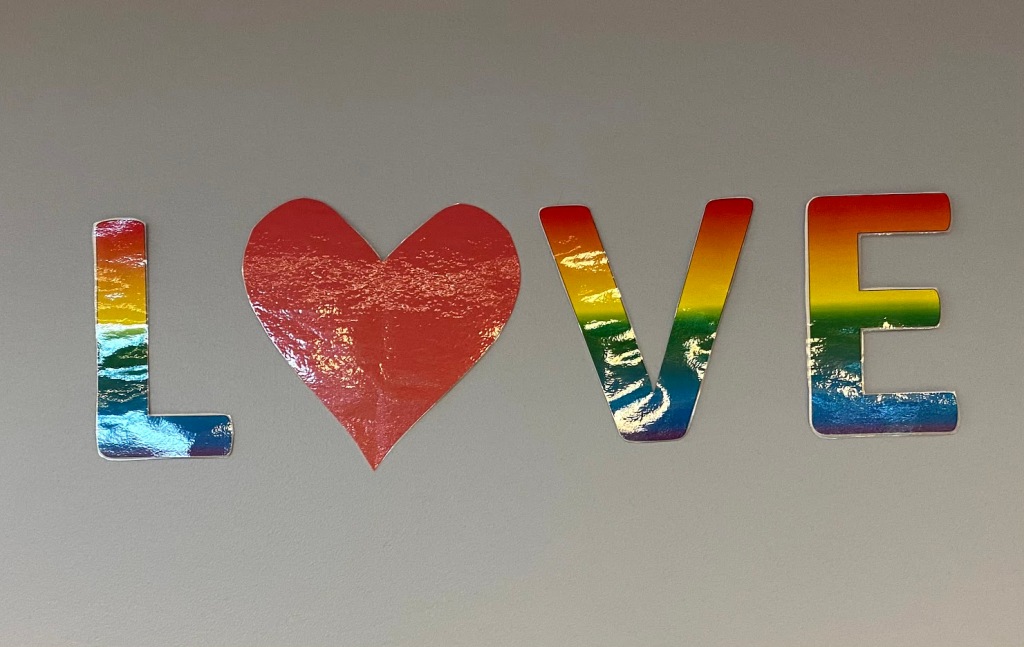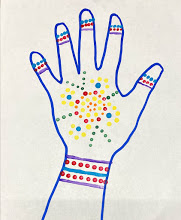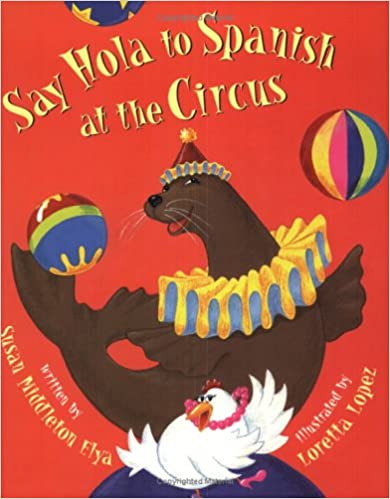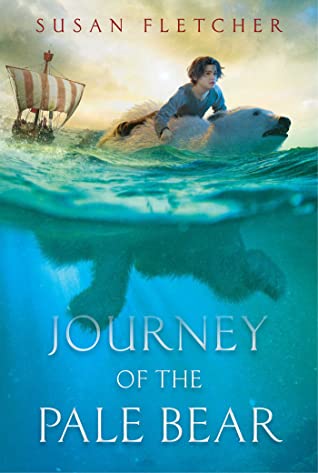This month, we are going to the circus and I am really challenging myself to incorporate some bilingual materials in my storytime.
First, I will introdcuce an early literacy tool. We have our five: Read/Write/Sing/Talk/Play. We will use all of these in our storytime but I am going to highlight WRITE. Writing helps children to understand that words have meaning. One thing you can do is to have the child draw a picture and write the words next to the images they draw.
Hello Friends! ¡Hola Amigos! – This is a call and repeat to the tune frere jacques
Hello friends! Hello friends!
How are you? How are you?
Very well, thank you. Very well, thank you.
How are you? How are you?
¡Hola Amigos! ¡Hola Amigos!
¿Cómo estás? ¿Cómo estás?
Muy bien, gracias. Muy bien, gracias.
¿Y usted? ¿Y usted?
Song – Wake Up Toes by Joanie Bartels
I am going to play a song and because we are virtual, I am going to use a bear or doll to show the toes/feet/etc.
Letter/ASL — “C” for Circus
We are going to write out the word Circus, signing each letter as we go. And then I am going to show the kids the ASL sign for the word. We will count and identify the colors of the letters.
Book – Extraordinary Jane by Hannah E. Harrison
Balloons – I think I am going to bring in a balloon to blow up too.
I’m going to blow up this balloon (make circle with hands)
And never, never stop. ( make circle bigger and bigger)
I’ll blow and blow and blow and blow and (pretend to blow)
POP! (clap loudly!)
Pete the Clown and his Three Bright Balloons (Chopstick Prop)
(Credit: Story Time Secrets) – For this one I am going to wear a clown nose and I have chopstick balloons to carry.
Pete the Clown bought three bright balloons at the circus.
He was so excited about them, he sang a song as he walked along.
“I’ve got three balloo-oons! I’ve got three balloo-oons!”
(The tune for Pete’s song is what you would sing if you were part of a conga line.)
But then… POP!
One balloon broke and started to drop.
Now how many balloons did Pete have?
Did Pete cry? No, never.
He knows balloons don’t last forever.
Pete was still so happy to have two balloons, that he kept walking along and singing his song.
“I’ve got two balloo-oons! I’ve got two balloo-oons!”
(Repeat the same sequence of events until Pete is out of balloons, then add the following ending.)
Pete was out of balloons! What could he do?
Well, he stopped where he was, turned around, and went back to the circus, where he got three more balloons.
As he walked along, he sang his song:
“I’ve got three balloo-oons! I’ve got three balloo-oons!”
Book – Say Hola to Spanish at the Circus by Susan Middleton Elya, Illustrated by Loretta Lopez and published by Lee & Low Books
-I am going to try really hard not to completely mess this one up!
Popcorn Kernels
Popcorn Kernels (wave scarves overhead)
In the pot (make their scarves ‘disappear’ by bunching in your fists)
Shake them shake them shake them (shake fists)
’til they POP (Toss scarves up into the air)
Little Bunny in a Hat – you can do this one as a finger play or with a puppet.
Little bunny in a hat
Sitting so still
Will it come out?
Yes it will!
It looks to the left
It looks to the right
It looks straight ahead
And pops out of sight.
Book – Hat Tricks by Satoshi Kitamura
Five Big Elephants
Five big elephants – oh, what a sight,
Swinging their trunks from left to right!
Four are followers, and one is the king.
They all walk around in the circus ring.
Takeaway – Elephant Paper Plate (https://www.craftymorning.com/paper-plate-elephant-kids-craft/)
Our Hands Say Thank You…
Our hands say thank you with
A clap, clap, clap;
Our feet say thank you with a
Tap, tap, tap.
Clap, clap, clap!
Tap, tap, tap!
We roll our hands around, and say,
“Good-bye.”
Extra: If You’re Happy and You Know It
How’d it go:
Overall, this was a fun storytime! The bilingual aspects went a lot better than I thought they would. I just have to slow my speedy talking down 😛
That’s all for now!
-M-

















